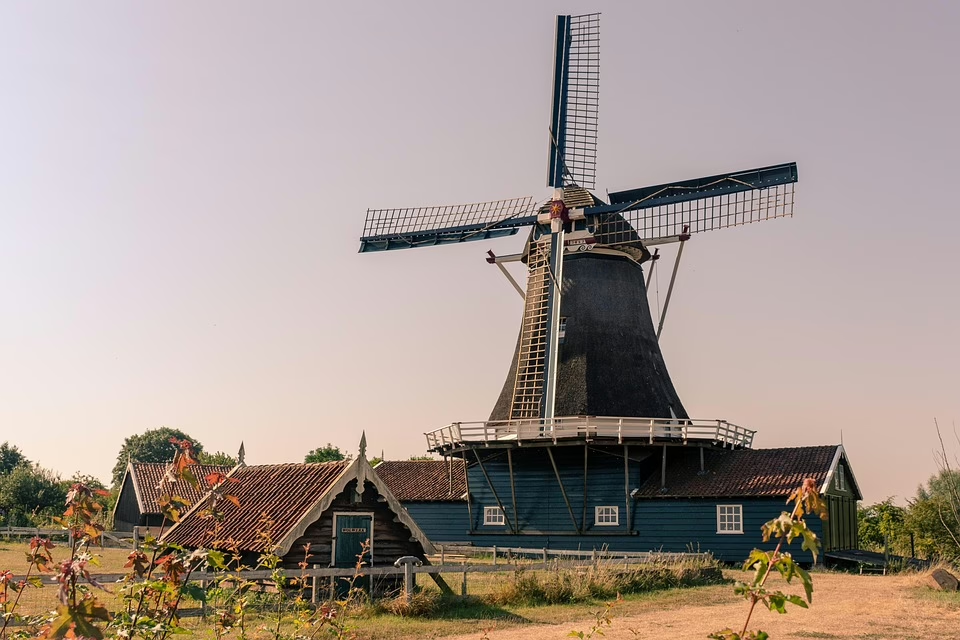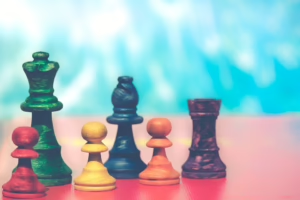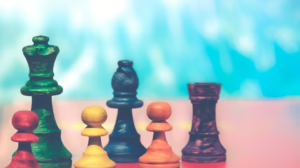From Emperors to Presidents: The Evolution of Leadership through the Ages
Introduction
Throughout history, the concept of leadership has undergone significant transformations, mirroring the complexities of society itself. From ancient emperors who wielded absolute power to modern presidents who are often bound by democratic principles, the evolution of leadership reflects changes in governance, cultural values, and the collective aspirations of people. This article examines the journey of leadership from the days of emperors to contemporary presidents, exploring key developments, significant figures, and the philosophical underpinnings that have shaped this evolution.
Ancient Leadership: The Era of Emperors
The Nature of Authority
Emperors represented the pinnacle of authority in ancient civilizations. Their leadership was often justified by divine right, a belief system that asserted that emperors were chosen by gods to govern. This notion not only legitimatized their absolute power but also placed them on a pedestal that separated them from the masses.
Notable Emperors and Their Impact
1. Augustus (63 BC – AD 14): The first Roman emperor, Augustus transformed a republic into an empire, establishing practices that would influence future governance. His reign signified the consolidation of power, blending military prowess with civil administration, setting a precedent for imperial rule.
2. Qin Shi Huang (259 – 210 BC): As the first emperor of unified China, Qin Shi Huang implemented a series of reforms, including standardizing weights and measures, which facilitated trade and communication. His leadership reflected the importance of central authority in maintaining order and unity in a vast empire.
The Political Structure of Empires
Empires typically featured hierarchical structures characterized by a clear chain of command. Leadership was often hereditary, with clear lines of succession established to maintain stability. This system fostered a sense of loyalty among subjects but also bred dissent and revolts against perceived tyranny.
The Rise of Feudalism: Decentralization of Power
Shifting Dynamics
As empires declined, a new model of governance emerged during the Middle Ages: feudalism. This decentralized system was marked by a network of local lords who pledged allegiance to a monarch. Leadership became fragmented, with power distributed among various feudal lords, each governing their territories with considerable autonomy.
Leadership and Loyalty
In feudal societies, loyalty was paramount. Vassals, in exchange for protection and land, swore fealty to their lords. This bond created a sense of obligation, but it also led to conflicts and power struggles, where loyalty could easily shift from one lord to another.
The Age of Enlightenment: Ideals of Leadership
Philosophical Groundwork
The Enlightenment brought forth new ideas about governance and authority. Thinkers such as John Locke and Montesquieu challenged the divine right of kings, emphasizing reason, individual rights, and the separation of powers. This period laid the groundwork for modern democracies and a reimagined notion of leadership.
Revolutionary Leadership
1. George Washington (1732 – 1799): As the leader of the American Revolution, Washington embodied the ideals of Enlightenment thought. He rejected kingship, opting instead for a presidency that reflects the will of the people. His leadership style emphasized humility and service, contrasting sharply with the absolute monarchs of the past.
2. Maximilien Robespierre (1758 – 1794): During the French Revolution, Robespierre’s leadership marked a radical shift in governance. He championed the rights of the common man but also presided over the Reign of Terror, illustrating the complexities of revolutionary leadership—idealistic yet often brutal.
The Emergence of Republics: A New Model
Constitutionalism
The 18th and 19th centuries saw the rise of constitutional republics, where the power of leaders was limited by law. This marked a significant departure from earlier forms of governance, establishing frameworks to protect individual rights and ensure accountability.
The Role of Presidents
1. Thomas Jefferson (1743 – 1826): Jefferson’s presidency highlighted the growing importance of democratic principles. His advocacy for the separation of church and state and promotion of public education reflect the core tenets of modern leadership grounded in enlightenment values.
2. Abraham Lincoln (1809 – 1865): Lincoln’s leadership during the American Civil War emphasized unity and equality. His efforts to abolish slavery and promote civil rights showcased the evolving understanding of leadership, as presidents began to wrestle with moral and ethical responsibilities alongside political power.
Leadership in the 20th Century: Global Perspectives
Authoritarianism vs. Democracy
The 20th century saw a stark division between authoritarian regimes and democratic systems. Leaders like Adolf Hitler and Joseph Stalin dominated through fear and repression, contrasting sharply with democratic leaders like Winston Churchill and Franklin D. Roosevelt, who navigated crises through collaboration and public engagement.
The Rise of Soft Power
Increasingly, leaders began to recognize the importance of soft power—the ability to influence and attract rather than coerce. This shift reflected a broader understanding of leadership that valued diplomacy, cultural exchange, and international collaboration.
Modern Leadership: Challenges and Opportunities
Global Crises
In the 21st century, leaders face unprecedented global challenges, including climate change, pandemics, and geopolitical tensions. The role of a modern leader extends beyond national borders, necessitating collaboration and innovative thinking.
New Leadership Styles
1. Angela Merkel (1954 – present): Merkel’s leadership as the Chancellor of Germany exemplified a pragmatic approach to governance. Her steady hand during crises, such as the European debt crisis and the refugee influx, demonstrated that effective leadership often involves consensus-building and resilience.
2. Jacinda Ardern (1980 – present): As Prime Minister of New Zealand, Ardern has emphasized empathy and community engagement. Her handling of the Christchurch mosque shooting and the COVID-19 pandemic showcased a modern leadership style that prioritizes emotional intelligence and inclusivity.
Conclusion
The evolution of leadership, from emperors to presidents, reflects the dynamic interplay of power, culture, and societal values. As we navigate an increasingly complex world, understanding this historical journey can provide valuable insights for future leaders. The emergence of democratic principles, the importance of accountability, and the recognition of diverse leadership styles will continue to shape the trajectory of governance for generations to come.
References
- [modern_footnote_source] For academic references and in-depth studies, please consult specific historical texts, journals on political theory, and biographies of prominent leaders cited throughout this article, as well as contemporary analyses on leadership styles and their impacts in a global context.
























Add Comment